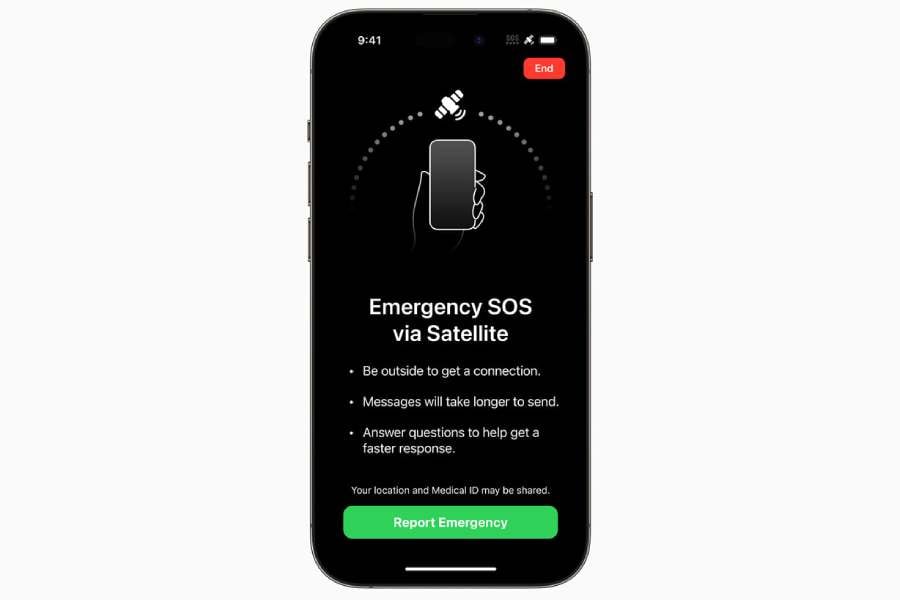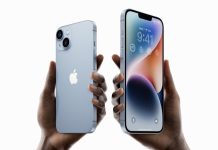While smartphones are rapidly advancing in terms of their capabilities, one essential feature that’s increasingly garnering attention is Apple’s Emergency SOS via satellite. Most recently, it aided the rescue of two stranded hikers in New Zealand’s Arthur’s Pass, as per a post by Canterbury West Air Rescue Service on Instagram. Although this marks the first use of the feature in New Zealand, it raises questions about the use of Personal Locator Beacons (PLBs) in outdoor adventures.
Satellite SOS services may become a staple feature in future smartphones
The satellite-enabled SOS function on the iPhone 14 allows users to alert authorities when they are in regions without any cellular connectivity. In New Zealand’s case, the hikers were caught off guard by a rising stream, rendering them immobile on a riverbank. The satellite feature helped them contact rescue services, who swiftly intervened.

However, Canterbury West Air Rescue Service highlighted the enduring importance of PLBs, despite the evolving technology in smartphones. “It’s pretty new technology so Personal Locator Beacons are still recommended on your travels,” they said.
In contrast, Huawei has been incrementally improving its satellite capabilities as well. The recently launched Mate 60 Pro allows customers of China Telecom to make calls via satellite, upping the ante in the ongoing smartphone race.
The value of Apple’s SOS feature is undeniable, especially with its inclusion in the forthcoming iPhone 15 series. Still, the incident in New Zealand should serve as a wake-up call for adventurers. While smartphones can be lifesavers in emergency situations, they are not a replacement for specialized equipment like PLBs, which are solely designed for emergency rescues. Battery life, for example, remains a concern; during a rescue, the user’s iPhone battery status is one of the first things the rescue team verifies. The bottom line? Always carry a Personal Locator Beacon when venturing into the great outdoors, even if your latest smartphone promises the moon—or, in this case, a satellite connection.
RELATED:
- Xiaomi to follow Apple’s lead with Titanium Alloy Frame in 14 series
- China bans iPhones for Government Officials, sending Apple shares tumbling
- Best 4K gaming monitors 2023 – Lenovo, Acer, Samsung & More
(Via)







